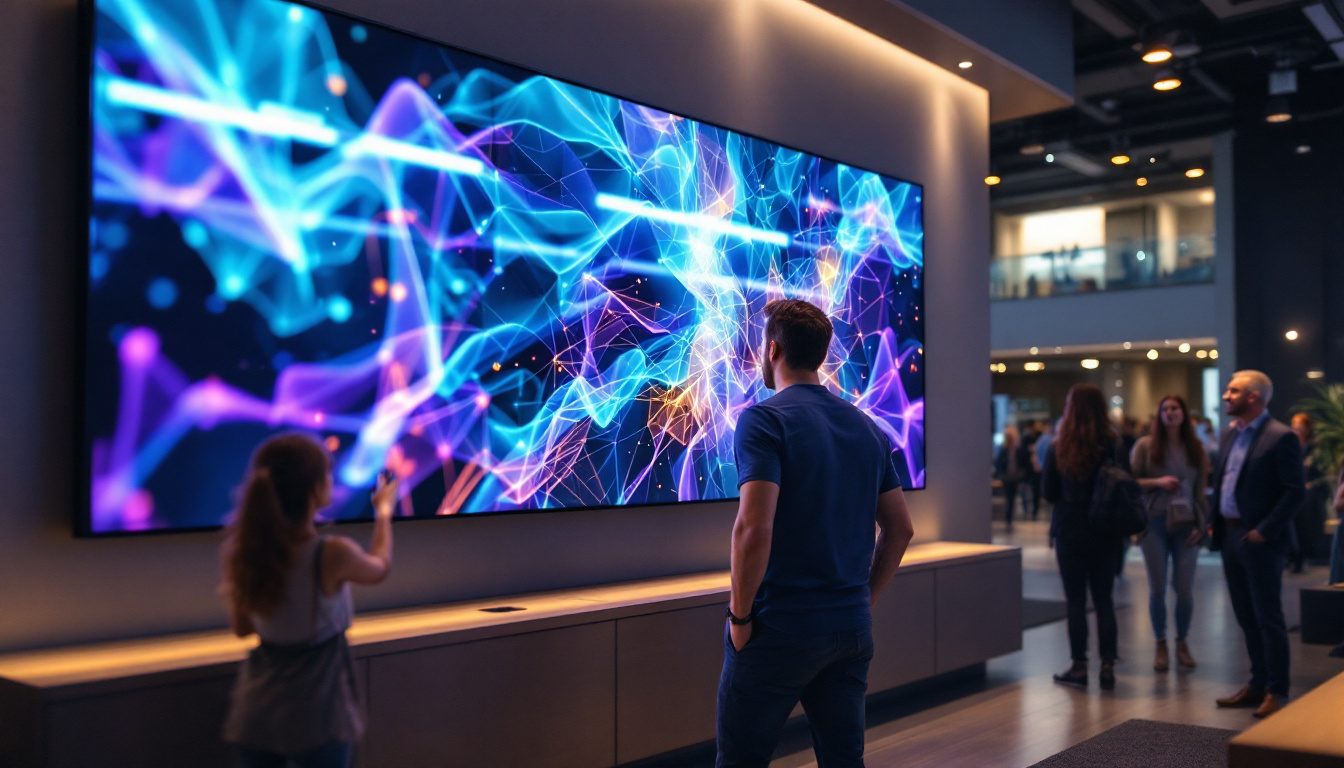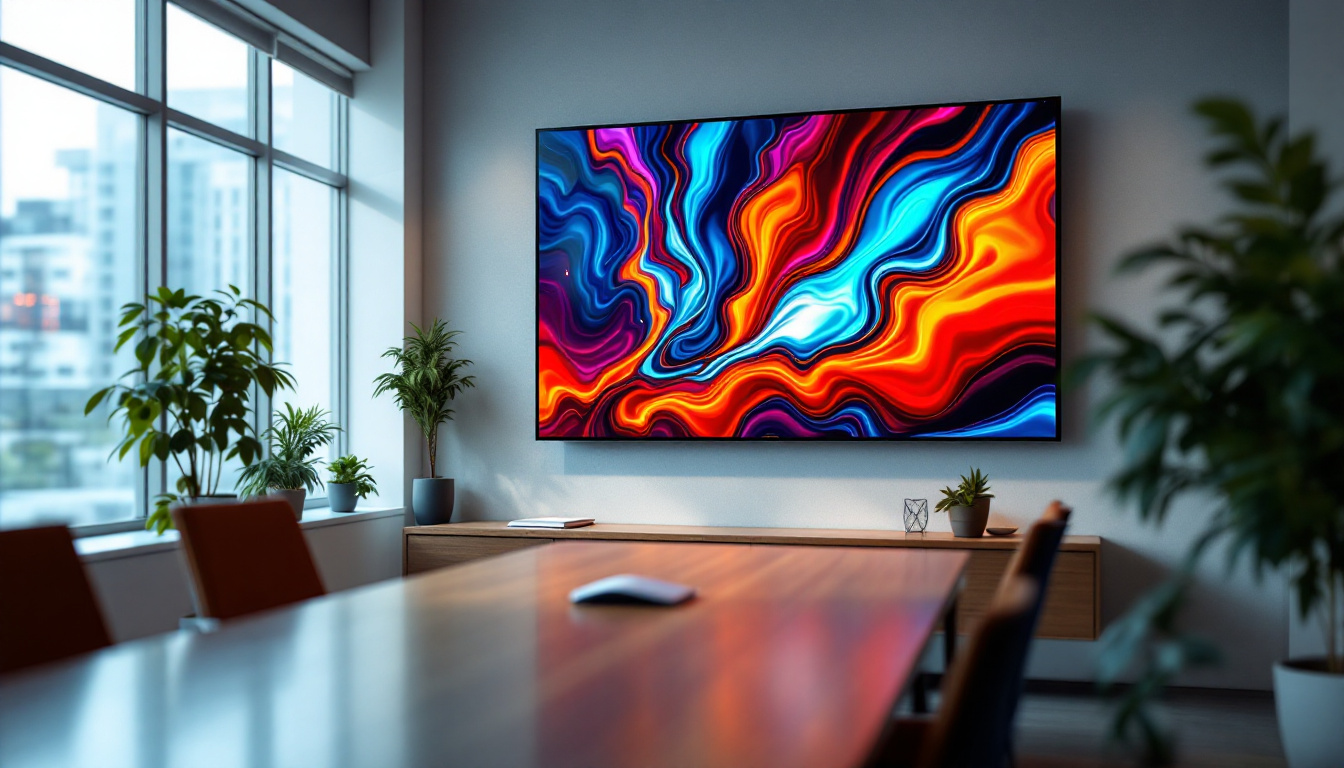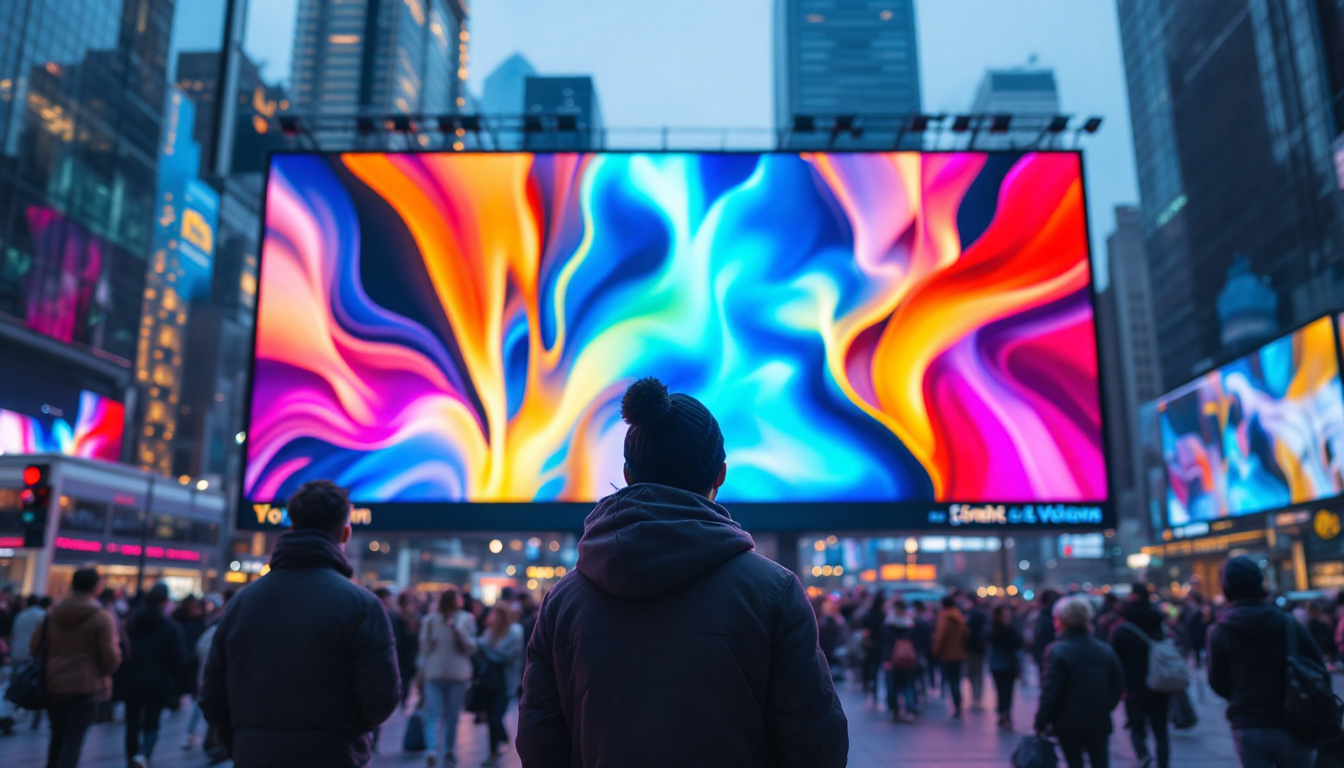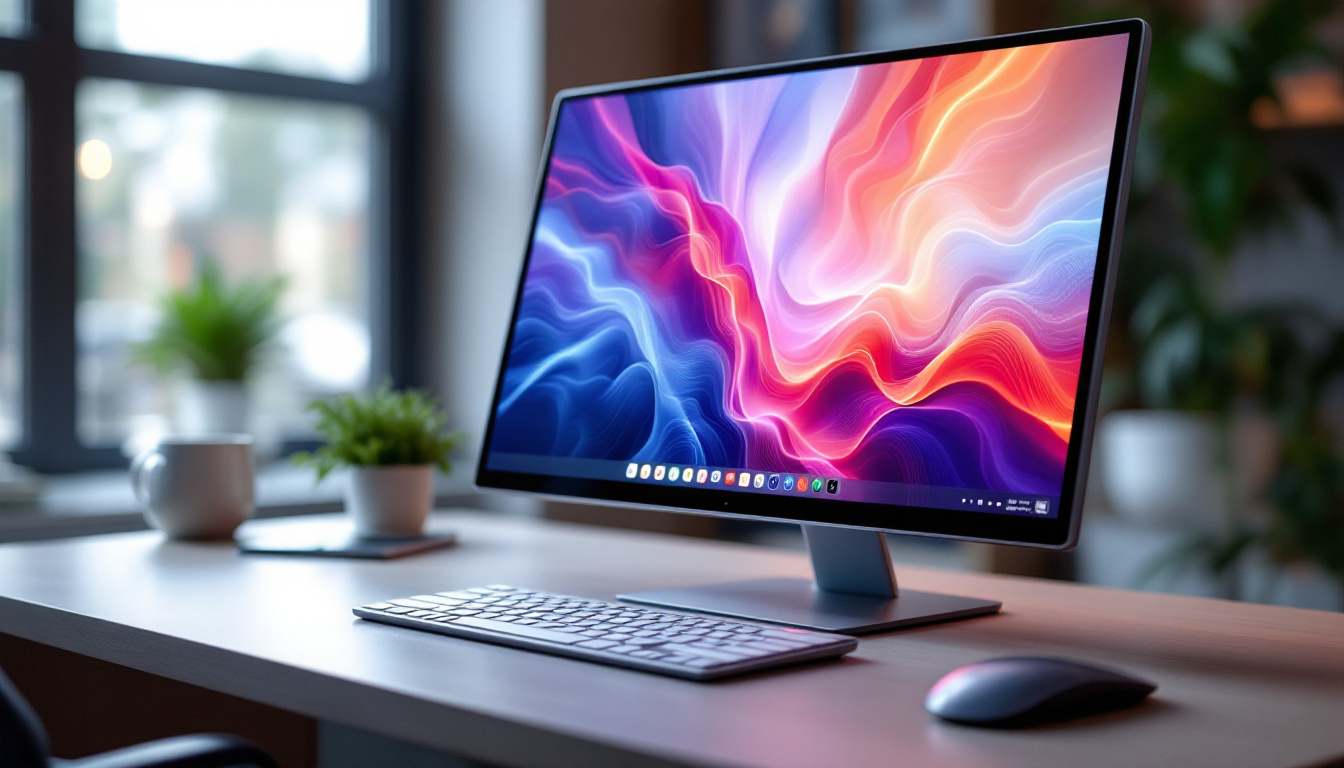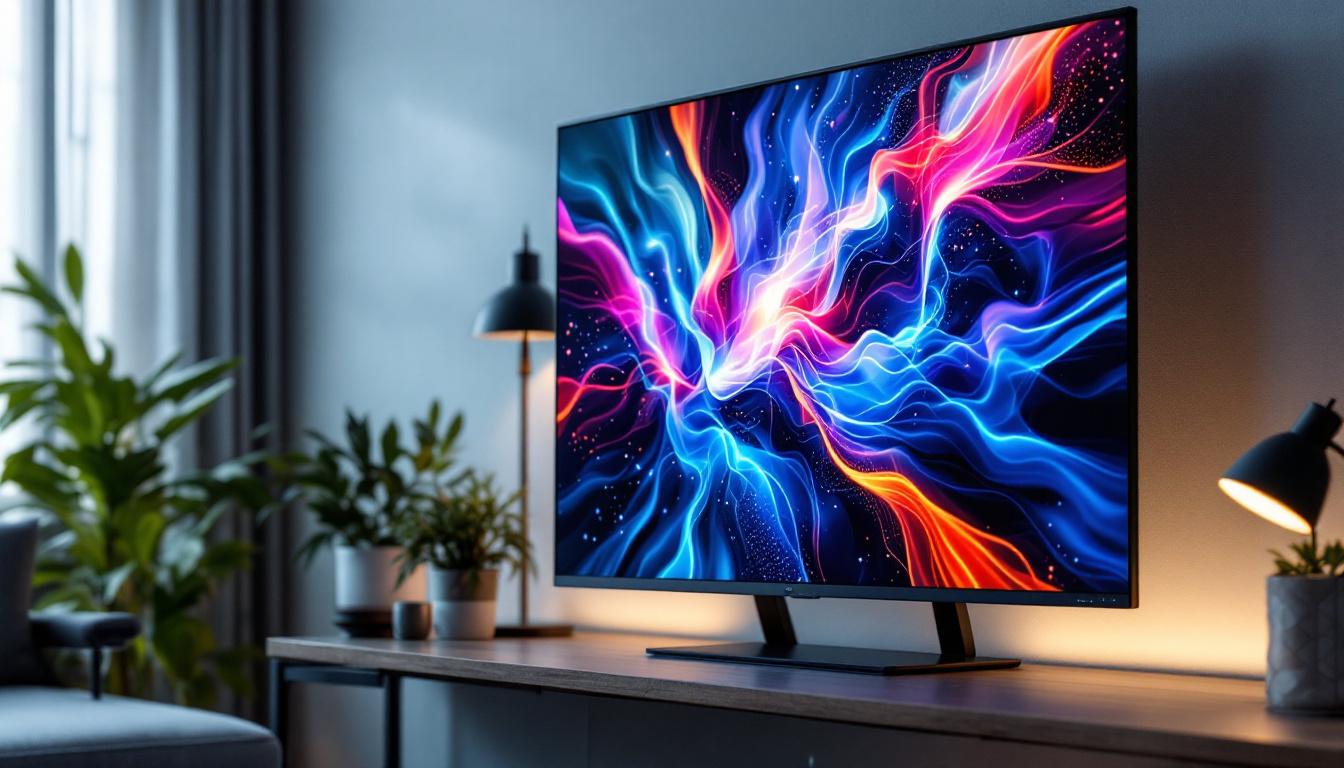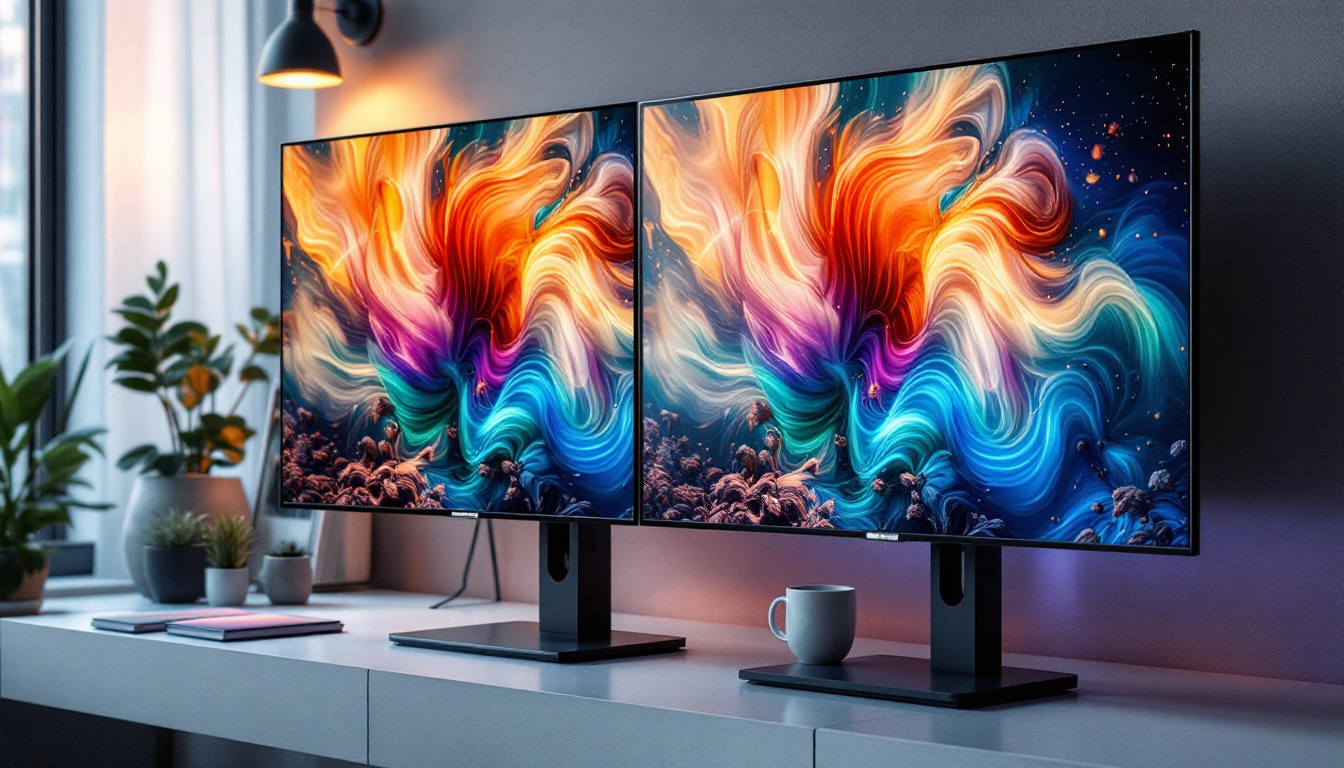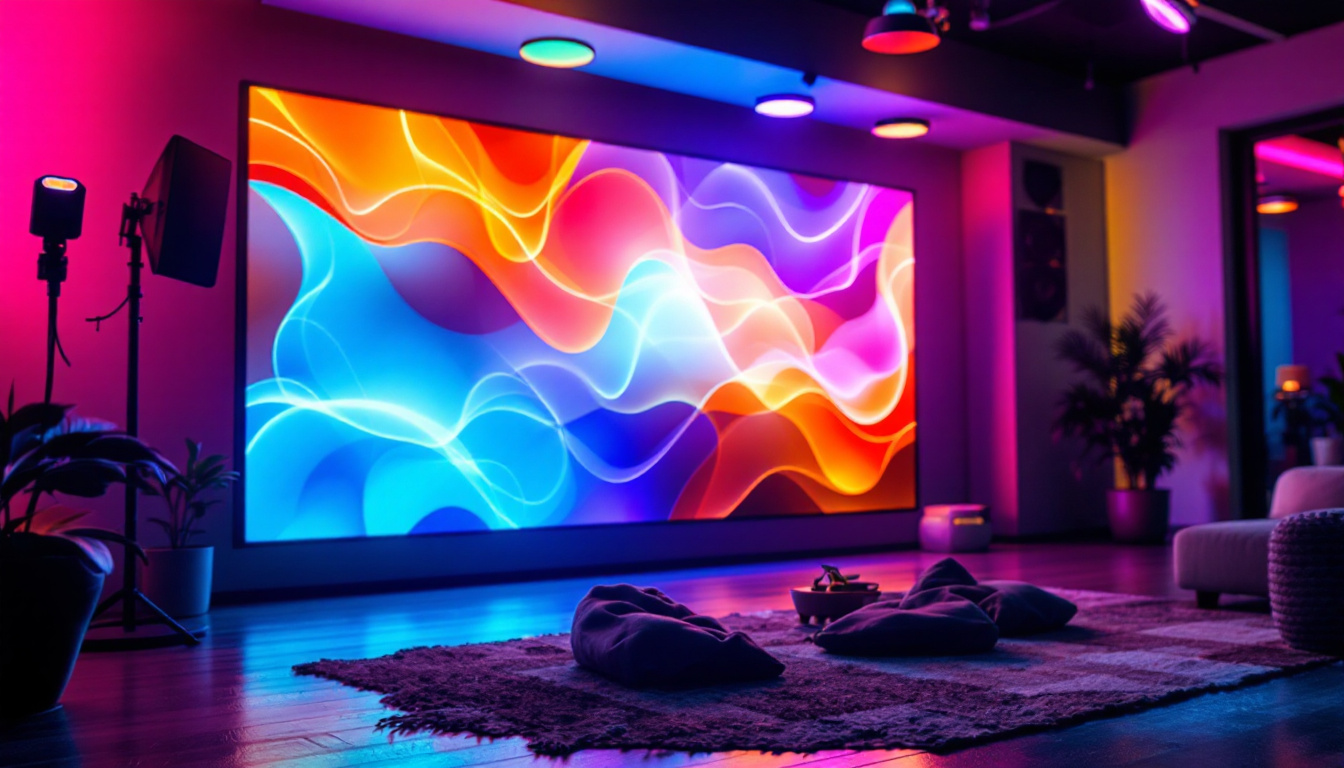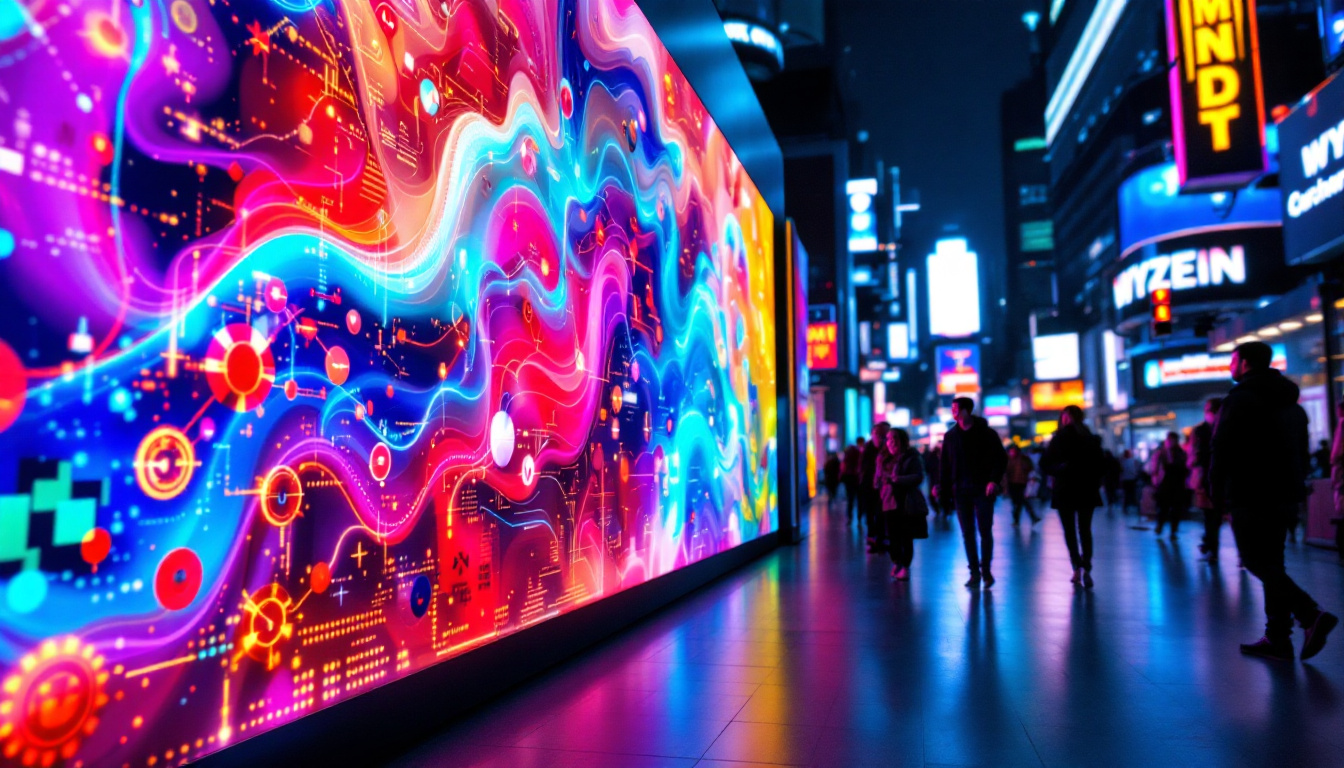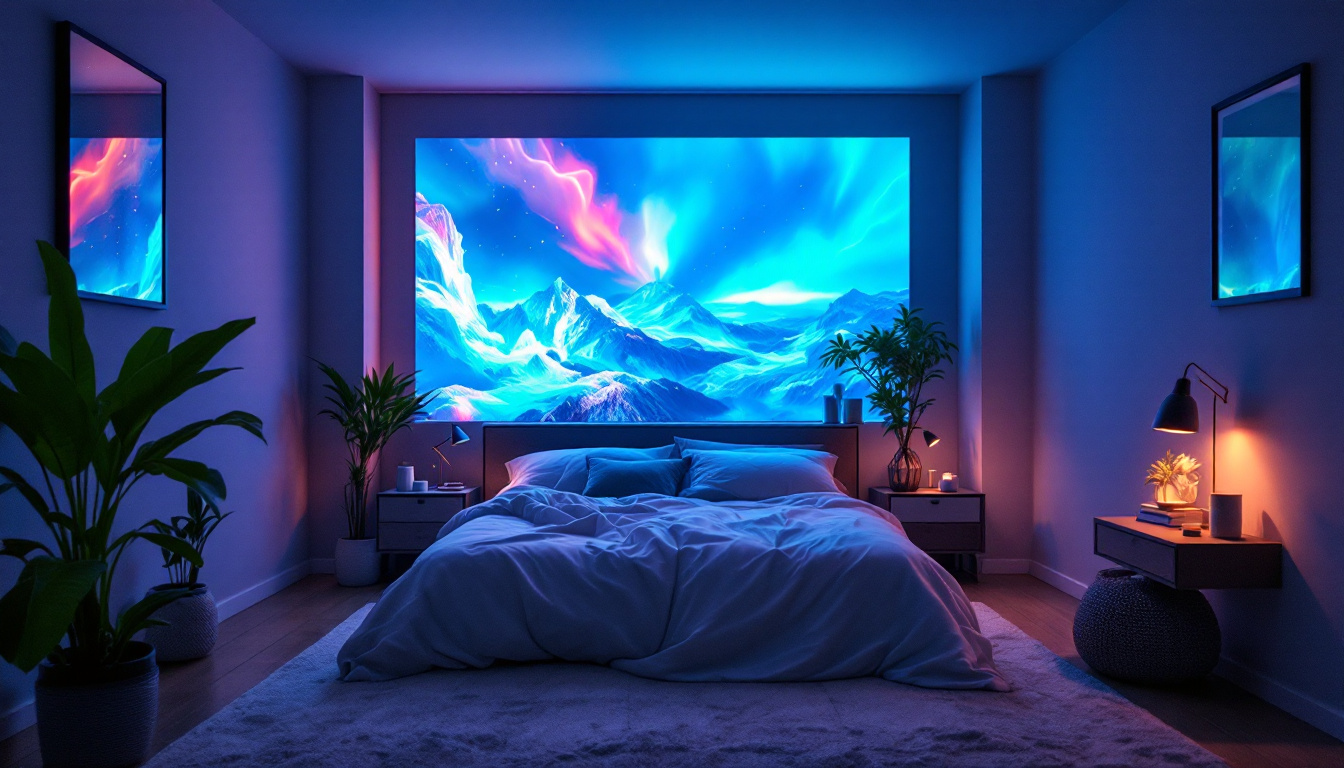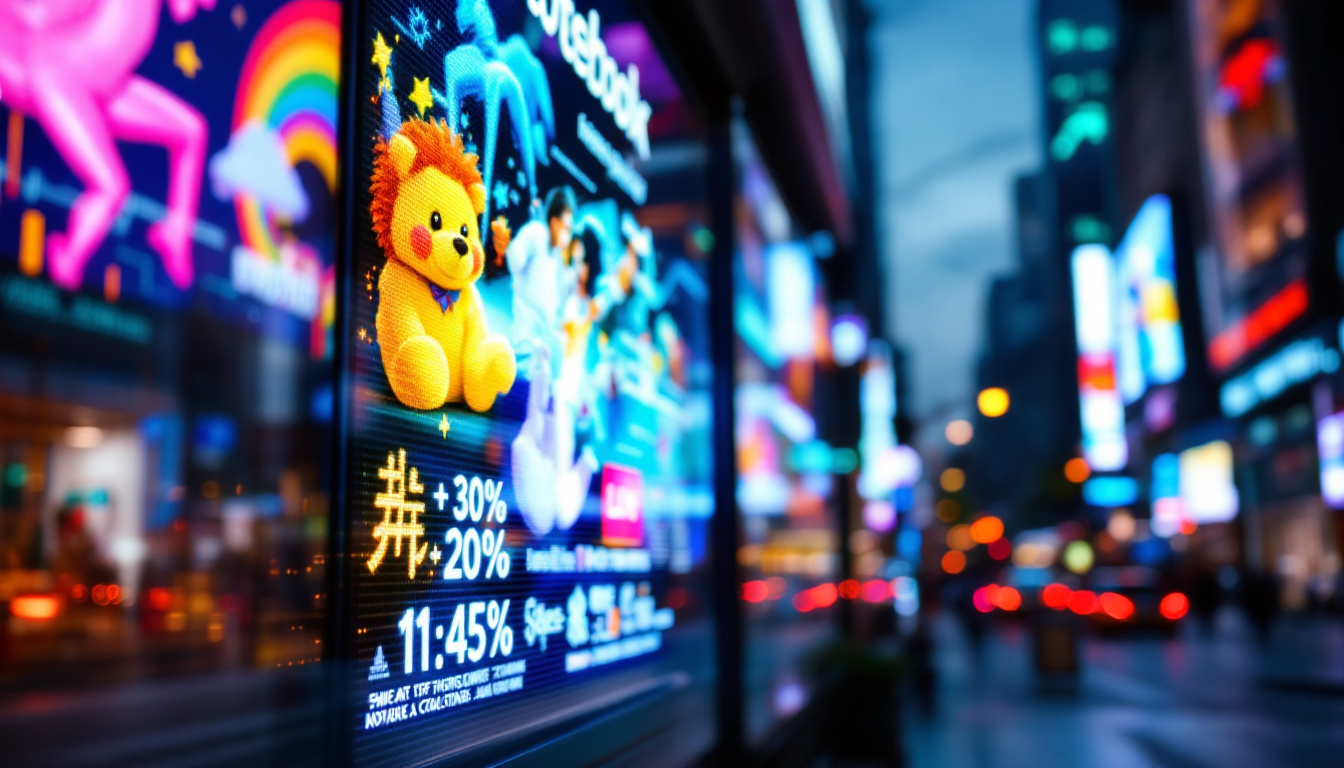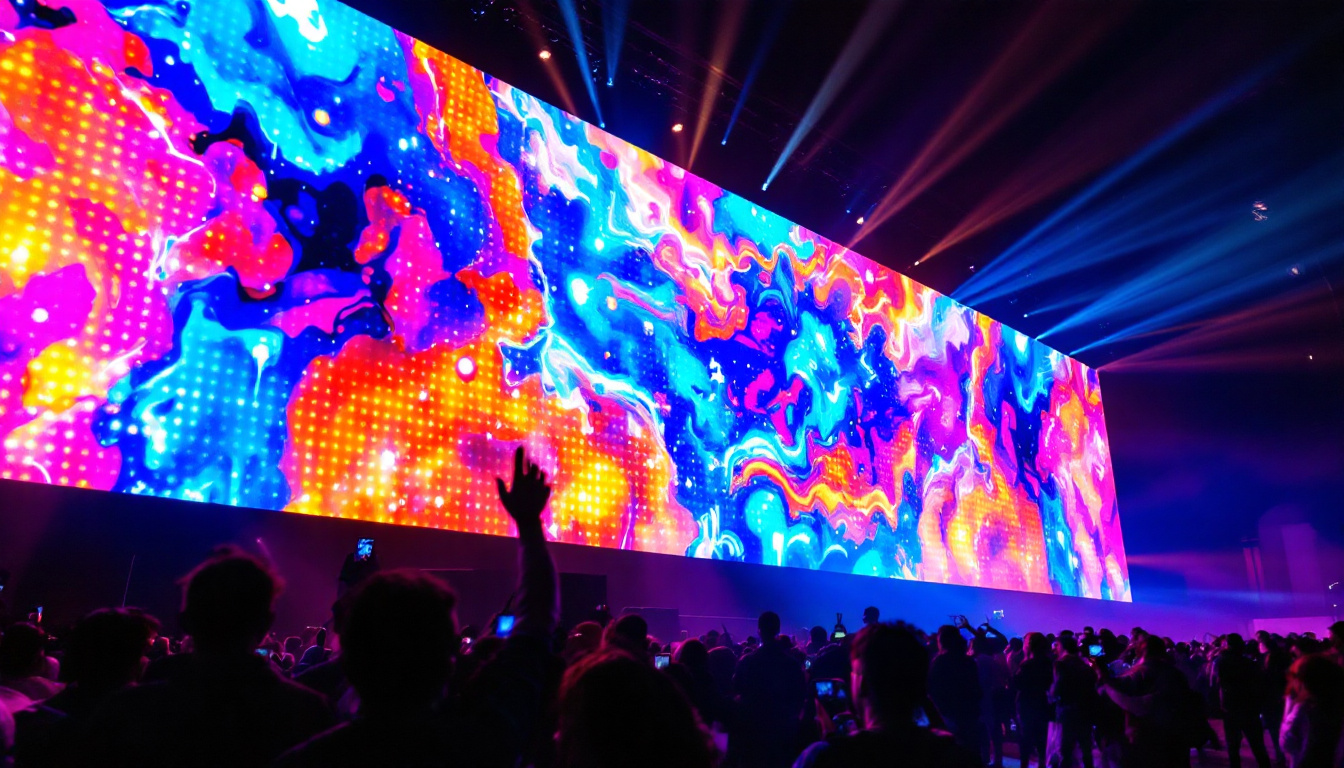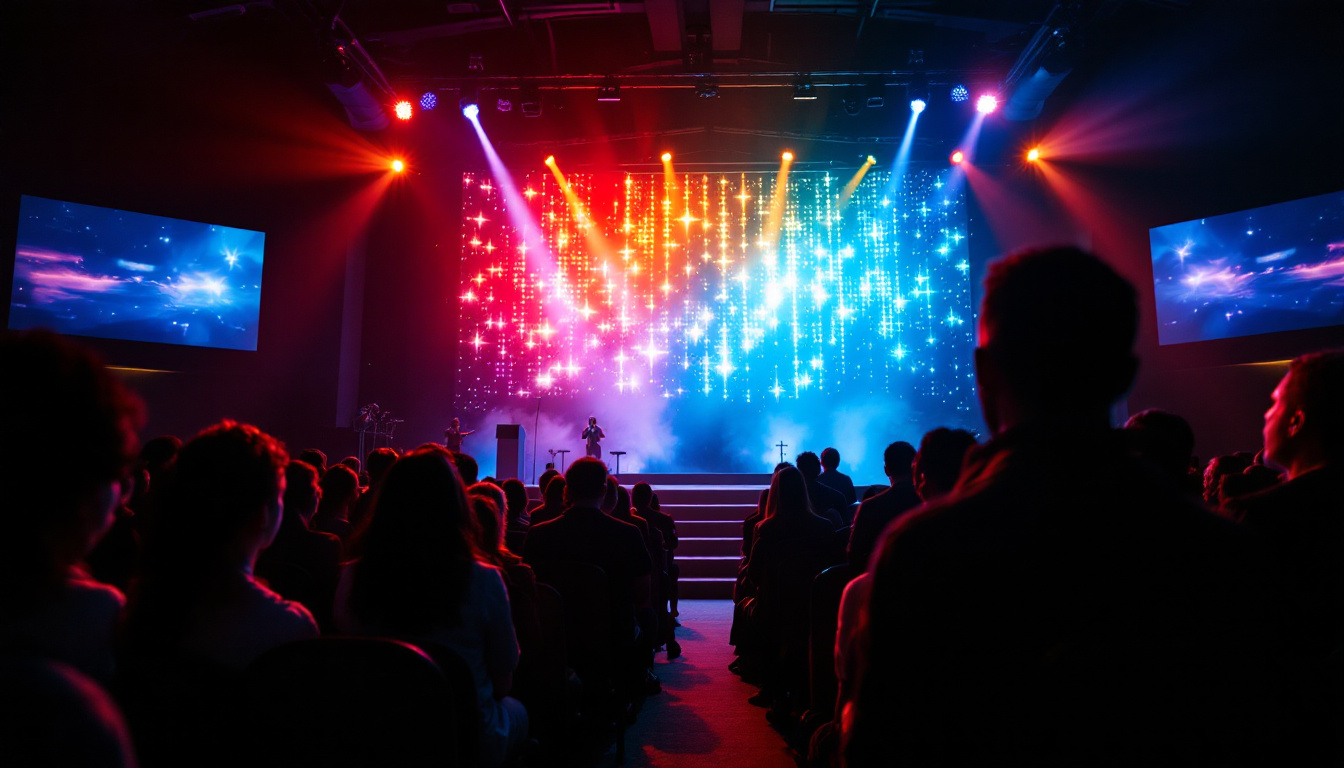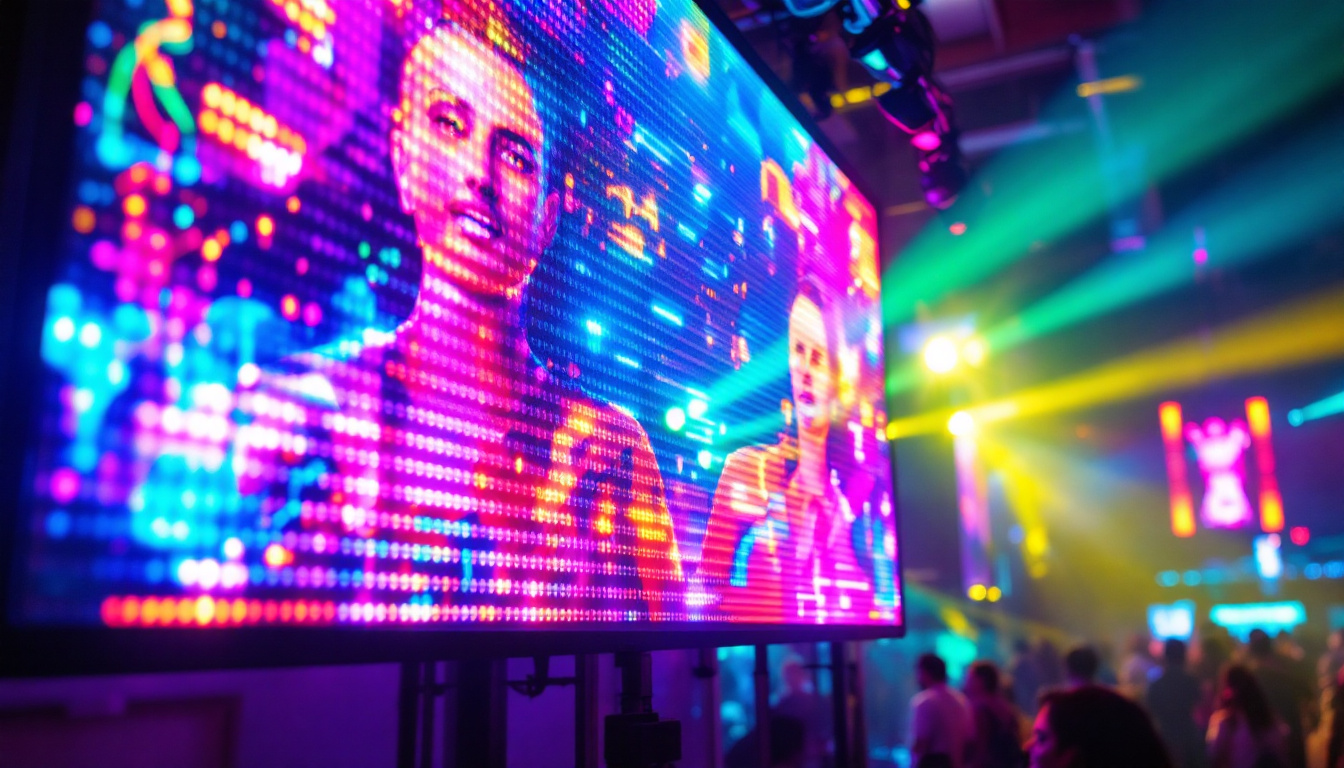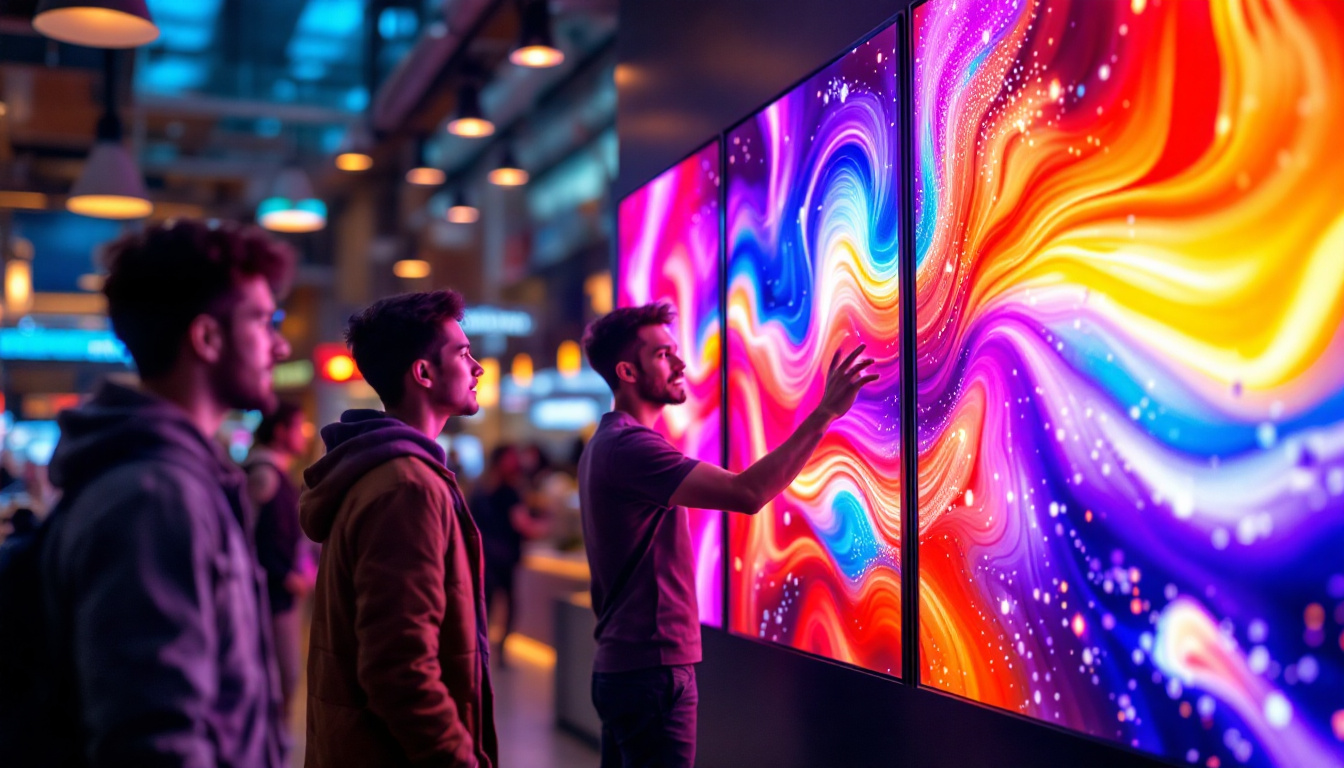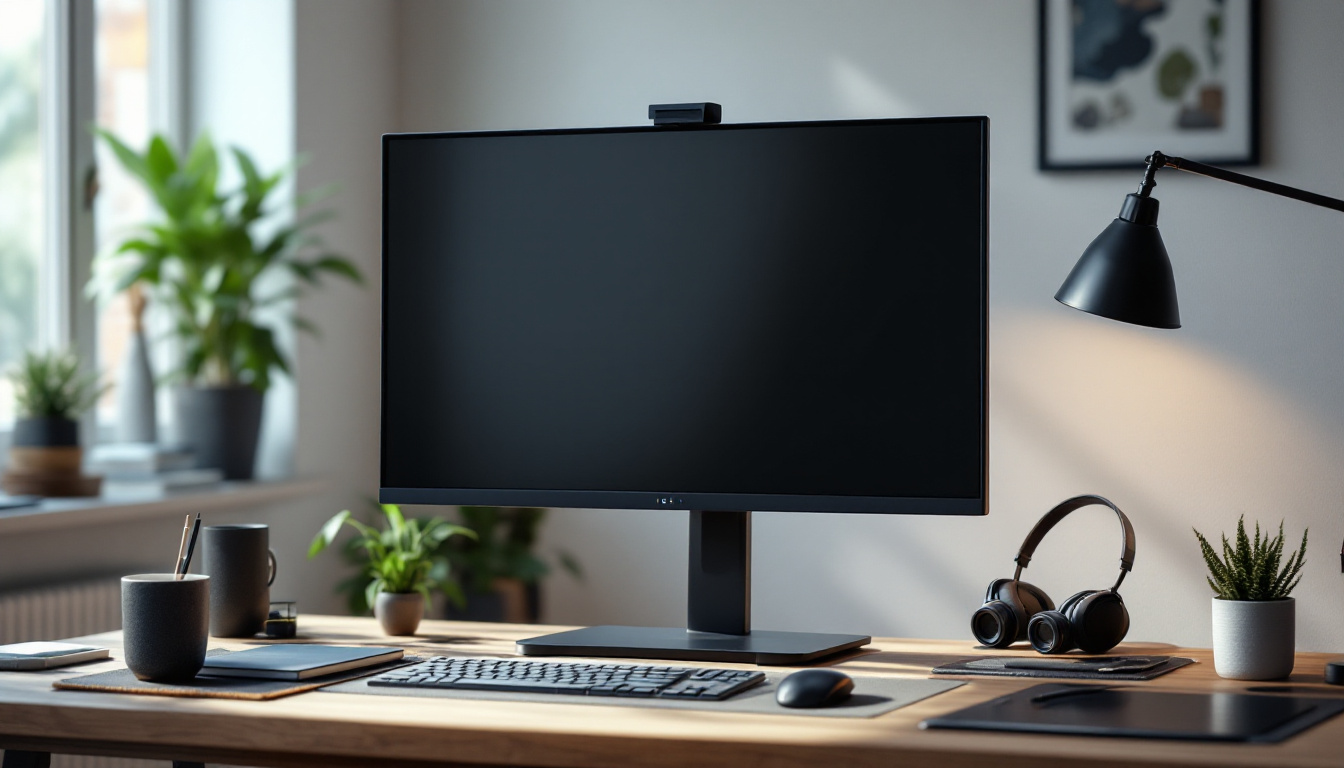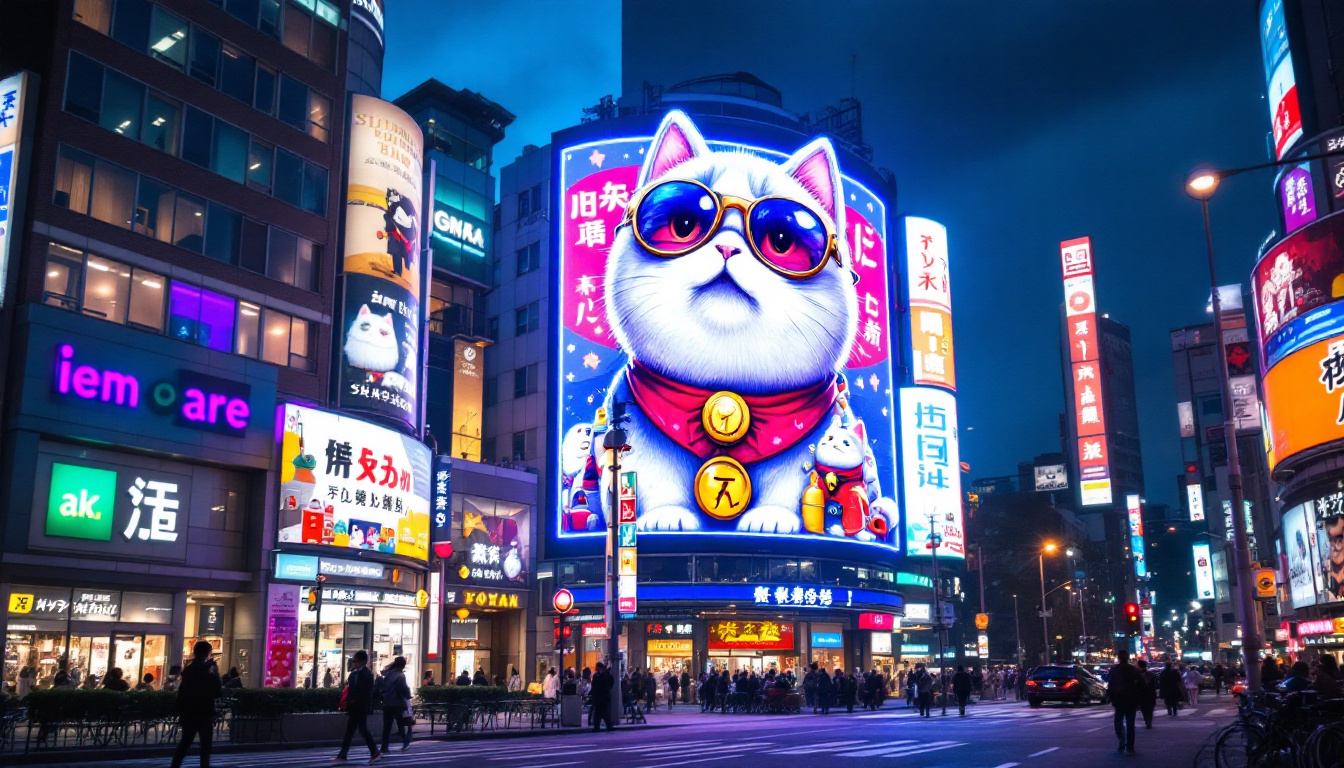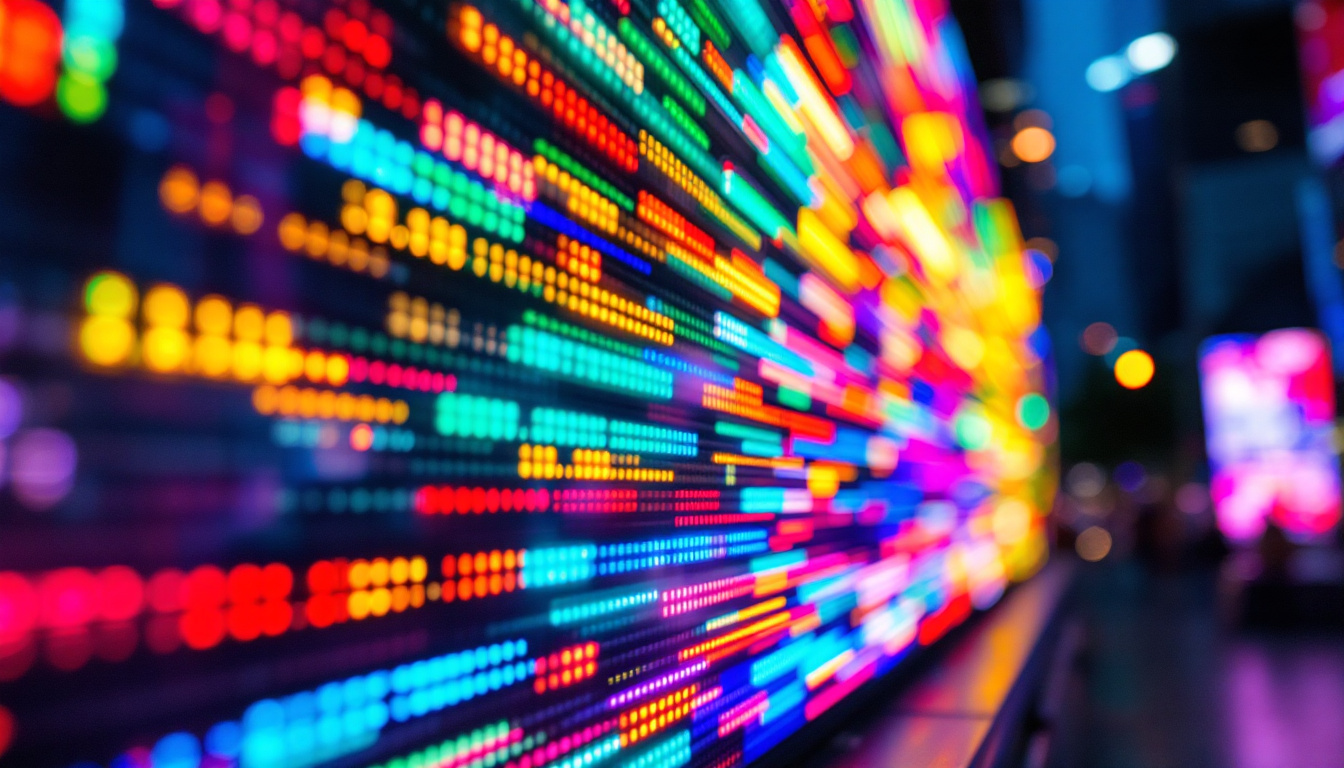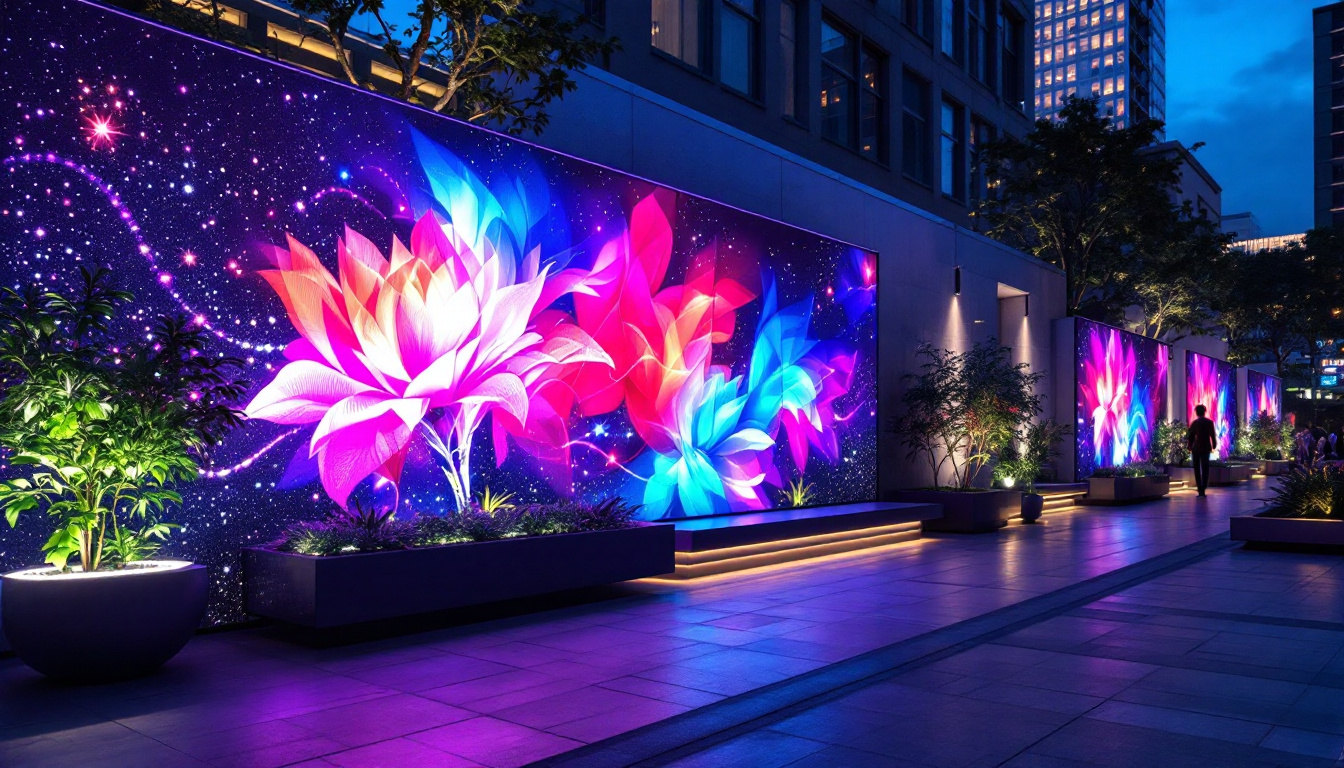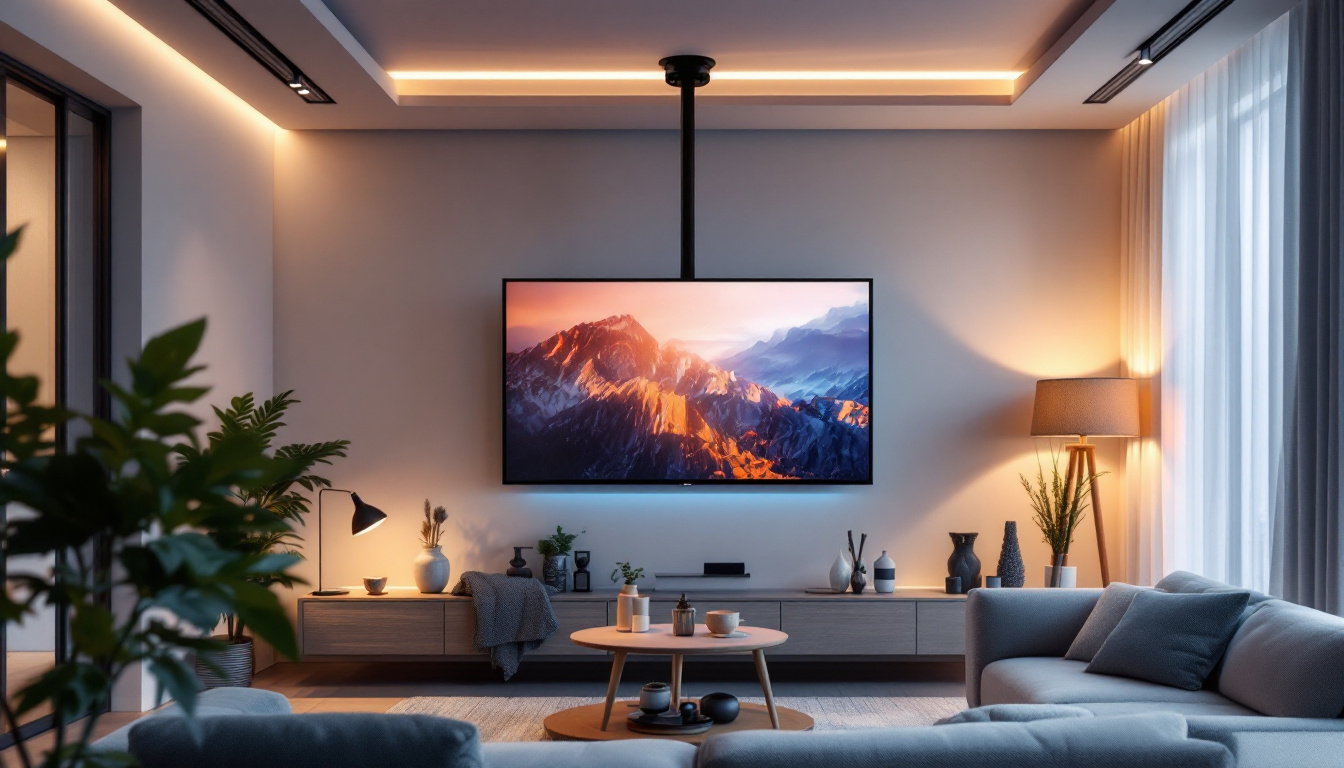In today’s visually-driven world, the demand for large, high-quality displays has surged across various sectors, from corporate boardrooms and retail environments to control centers and entertainment venues. Multi screen TV walls, particularly those utilizing LED display technology, have become a popular solution for delivering immersive, dynamic visual content on a grand scale. This article explores the fundamentals of LED display technology, the advantages of multi screen TV walls, and practical considerations when implementing these systems.
Understanding LED Display Technology
What Is an LED Display?
LED, or Light Emitting Diode, displays are screens composed of numerous tiny LEDs arranged in a matrix. Each LED acts as a pixel that emits light when an electric current passes through it. Unlike traditional LCD screens that rely on backlighting, LEDs produce their own light, resulting in brighter images and deeper contrast ratios. This self-illuminating property not only enhances visual quality but also contributes to energy efficiency, making LED displays a popular choice for various applications.
LED displays can be categorized into two main types: direct-view LED and LED-backlit LCD. The former, commonly used in large video walls, consists of individual LEDs forming the display surface, while the latter uses LEDs as a backlight source behind an LCD panel. Multi screen TV walls typically employ direct-view LED technology due to its scalability and superior visual performance. Furthermore, the versatility of LED displays allows them to be used in a wide range of environments, from outdoor billboards to indoor conference rooms, showcasing their adaptability to different lighting conditions and viewing angles.
Key Components of LED Video Walls
An LED video wall is made up of multiple LED panels seamlessly tiled together to create a larger, unified display. Each panel contains a grid of LEDs, control circuitry, and power supply units. These panels are designed to fit precisely, minimizing gaps or bezels that could disrupt the viewing experience. The modular design of these panels allows for easy maintenance and replacement, ensuring that any malfunctioning component can be quickly addressed without significant downtime.
Control systems manage the content distribution across the entire video wall, ensuring synchronization and uniform brightness. Advanced calibration tools help maintain color consistency and image quality across all panels, which is crucial for professional applications. In addition, many modern LED video walls are equipped with smart technology that allows for remote monitoring and adjustments, enabling operators to optimize performance in real-time and adapt to changing content needs or environmental conditions.
Pixel Pitch and Resolution
Pixel pitch, the distance between the centers of two adjacent LEDs, is a critical specification in LED displays. It directly influences the display’s resolution and viewing distance. Smaller pixel pitches mean higher pixel density, resulting in sharper images and finer detail. For example, a 1.2mm pixel pitch LED wall offers near-retina quality suitable for close-up viewing, while a 10mm pitch might be ideal for large venues where viewers are farther away. This relationship between pixel pitch and viewing distance is essential for ensuring that the audience receives the best possible visual experience, tailored to the specific context of the display.
Choosing the right pixel pitch depends on the intended use case and viewing environment. For multi screen TV walls in corporate or retail settings, pixel pitches between 1.5mm and 4mm strike a good balance between image clarity and cost. Additionally, advancements in technology have led to the development of flexible LED displays, which can be curved or shaped to fit unique architectural designs, further enhancing their application in creative installations. This innovation opens up new possibilities for immersive experiences in museums, theaters, and public art displays, where the visual impact is paramount.
Advantages of Multi Screen TV Walls with LED Displays
Unmatched Visual Impact
One of the primary reasons organizations opt for multi screen TV walls is the impressive visual impact they deliver. LED video walls produce vibrant colors, high brightness levels, and excellent contrast ratios that outperform traditional display technologies. This makes them ideal for environments with challenging lighting conditions, such as brightly lit retail stores or outdoor digital signage.
Moreover, the seamless nature of LED panels allows for large-format displays without visible bezels, creating an immersive viewing experience. This is especially valuable in control rooms and event venues where clear, uninterrupted visuals are essential.
Scalability and Flexibility
LED video walls offer exceptional scalability. Businesses can start with a modest setup and expand by adding more panels as needed. This modularity enables customization of screen size and aspect ratio to suit specific spatial constraints and content requirements.
Additionally, LED walls can be configured in various shapes beyond traditional rectangular layouts, including curved or angled designs. This flexibility empowers creative installations that enhance brand messaging and audience engagement.
Durability and Energy Efficiency
Compared to other display technologies, LED video walls are known for their durability. LEDs have a long operational lifespan, often exceeding 100,000 hours, and are resistant to shock and vibration. This reliability reduces maintenance costs and downtime, which is critical for 24/7 operations such as transportation hubs or security monitoring centers.
Energy efficiency is another advantage. LEDs consume less power than conventional lighting and display technologies, leading to lower operating expenses and a reduced environmental footprint. This aligns well with sustainability goals increasingly prioritized by businesses.
Applications of Multi Screen TV Walls
Corporate Environments and Conference Rooms
In corporate settings, multi screen TV walls facilitate impactful presentations, video conferencing, and collaborative work. High-resolution LED walls enable detailed data visualization, enhancing decision-making processes during meetings. Their ability to display multiple content sources simultaneously allows teams to monitor various information streams side-by-side.
Leading companies leverage these video walls to create impressive lobbies and reception areas that reinforce brand identity and impress visitors with dynamic, high-quality visuals.
Retail and Advertising
Retailers use LED video walls to captivate shoppers with vibrant advertisements and promotional content. The brightness and color accuracy of LED displays ensure visibility even in well-lit environments, making them effective tools for driving sales and enhancing customer experience.
Digital signage powered by LED walls also supports real-time content updates, enabling retailers to tailor messaging based on time of day, inventory levels, or special events. This adaptability increases marketing effectiveness and operational agility.
Control Rooms and Command Centers
Control rooms in industries such as transportation, utilities, and public safety rely heavily on multi screen LED walls for monitoring and managing complex systems. The ability to display multiple video feeds, maps, and data dashboards simultaneously improves situational awareness and response times.
High reliability and minimal downtime are essential in these environments, making LED video walls a preferred choice. Their scalability also allows for future expansion as operational needs evolve.
Entertainment and Events
Concerts, sports arenas, and theaters utilize large LED video walls to enhance audience engagement. These displays provide vivid visuals that complement live performances and broadcasts, creating memorable experiences for attendees.
Portable and flexible LED panels enable quick setup and teardown, which is crucial for touring events. The technology’s ability to handle high refresh rates and dynamic content makes it suitable for fast-paced entertainment applications.
Key Considerations When Choosing a Multi Screen LED TV Wall
Viewing Distance and Environment
Determining the optimal pixel pitch and screen size begins with understanding the typical viewing distance. For close-up applications, such as control rooms or conference tables, smaller pixel pitches are necessary to avoid visible pixelation. Conversely, for large venues where viewers are farther away, larger pixel pitches can be more cost-effective without compromising perceived image quality.
Environmental factors like ambient light levels, temperature, and humidity also influence the choice of LED panels. Outdoor installations require weatherproof and high-brightness displays, while indoor environments may prioritize color accuracy and bezel size.
Content Management and Integration
Effective content management systems (CMS) are vital for controlling what appears on the multi screen TV wall. A robust CMS allows for scheduling, real-time updates, and multi-source input management. Integration with existing IT infrastructure and compatibility with popular media formats ensure smooth operation.
Some LED video walls support interactive features, such as touch capability or integration with sensors, which can enhance user engagement but require additional planning and investment.
Installation and Maintenance
Professional installation is crucial to ensure panel alignment, structural stability, and electrical safety. Many LED video wall providers offer turnkey solutions that include site surveys, installation, and calibration services.
Maintenance considerations include ease of access for repairs, availability of replacement parts, and warranty terms. Regular calibration and cleaning help maintain optimal image quality over the lifespan of the display.
Future Trends in LED Video Wall Technology
Mini-LED and Micro-LED Innovations
Emerging technologies like mini-LED and micro-LED promise even higher resolution and improved energy efficiency. These advancements reduce pixel pitch further, enabling ultra-fine displays suitable for close viewing distances without sacrificing brightness or color fidelity.
Micro-LED technology, in particular, offers the potential for thinner, lighter panels with superior lifespan and performance, though widespread adoption is still in development due to manufacturing complexities.
AI and Smart Content Delivery
Artificial intelligence is increasingly integrated into video wall systems to optimize content delivery based on audience demographics, viewing patterns, and environmental conditions. AI-driven analytics can tailor advertising in real-time or adjust brightness and contrast automatically for the best viewing experience.
Such smart capabilities enhance the value proposition of multi screen TV walls by making them more responsive and efficient.
Enhanced Interactivity and Immersive Experiences
Advancements in sensor technology and augmented reality (AR) integration are enabling more interactive and immersive video wall experiences. Touch-enabled panels, gesture recognition, and 3D content are becoming more accessible, allowing businesses to engage audiences in novel ways.
These features are particularly impactful in retail, museums, and event spaces, where user interaction can deepen engagement and drive brand loyalty.
Conclusion
Multi screen TV walls powered by LED display technology represent a powerful tool for delivering high-impact visual content across diverse applications. Their superior brightness, scalability, and durability make them well-suited for environments ranging from corporate boardrooms to large-scale entertainment venues. By understanding the technical aspects, advantages, and practical considerations outlined above, organizations can make informed decisions to deploy LED video walls that meet their specific needs and future-proof their investment.
As LED technology continues to evolve, incorporating innovations like micro-LED and AI-driven content management, the potential for creating even more engaging and dynamic visual experiences will only grow. For businesses and institutions seeking to captivate audiences and communicate effectively, multi screen LED TV walls offer an unparalleled solution.
Discover LumenMatrix’s Innovative LED Display Solutions
Ready to transform your space with a high-impact visual display? LumenMatrix offers a comprehensive range of LED display solutions tailored to meet your unique needs. From immersive Indoor LED Wall Displays to dynamic Outdoor LED Wall Displays, and from versatile Vehicle LED Displays to engaging LED Sports Displays, our cutting-edge technology is designed to captivate your audience and amplify your message. Explore our innovative solutions, including Custom LED Displays and All-in-One LED Display options, to find the perfect fit for your business. Check out LumenMatrix LED Display Solutions today and take the first step towards revolutionizing your visual communication.


